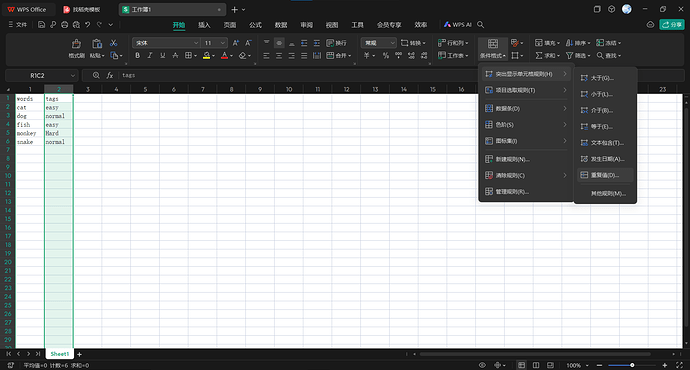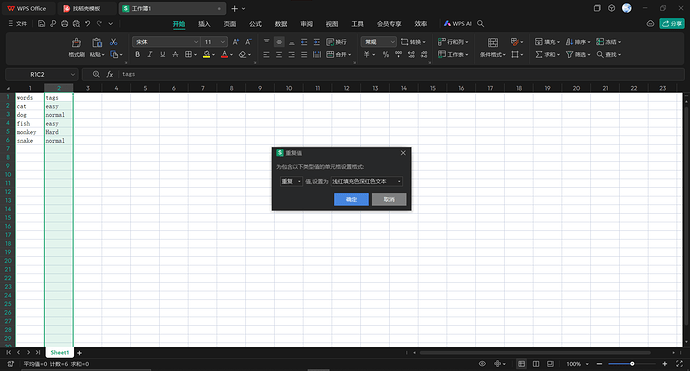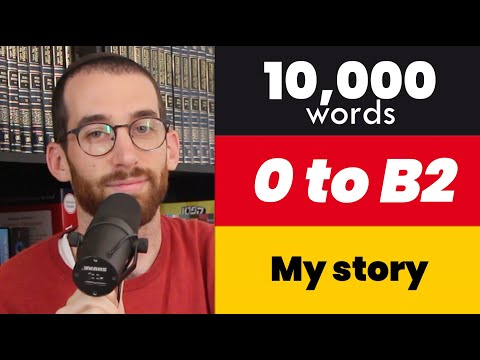I’ve seen a number of discussions on TiddlyWiki scaling. Here’s one such thread on this forum, potentially of interest: Performance of Wiki and the number of tiddlers (assume same amount of information). In that thread, @TW_Tones mentioned a wiki with ~70,000 tiddlers, which is one of the largest I’ve personally seen cited—and if you were making one tiddler per word, that would be well beyond most native speakers’ estimated vocabularies. If you saved 7 sentences per word, each in their own tiddler, that would still get you up to 10,000 words… and past that point, I would start to reconsider a) whether this was the most optimal study method, and b) whether I really still needed all the more basic terms I’d added 1+ years ago.
I haven’t personally used TiddlyWiki for language learning, though I did use to use Anki regularly. In my experience:
- My largest wiki is just over 20,000 individual tiddlers at present, and many of them are probably far larger and more complex than you’d need. I don’t know how to estimate the total word-count, since I use a lot of multi-paragraph fields, but it’s a bit over 25 MB, IIRC.
- I have had to do some significant optimization, and it’s still not as blazing-fast as an out-of-the-box empty.html; there’s sometimes a brief but noticeable pause as a new tiddler loads. However, I think this is almost entirely down to all the dense and complicated view templates I use, rather than the number of individual tiddlers.
- This isn’t to say that the overall size of your wiki can’t possibly impact its speed and performance, but you’ll probably notice it mostly in the initial time it takes to open.
- Anki is specifically designed for this kind of study, and scaled exceptionally well when I was using it (granted, this was 8-10 years ago). Aside from initial loading time, I didn’t experience any issues with multiple decks over 5,000+ terms.
- If I were starting a new language now… I’d probably still choose Anki for this purpose. To me, one of its major advantages was that I could download pre-made decks from a public repository and hide or unhide cards based on their relevance to me, so I didn’t spend as long constructing new cards (or tiddlers) myself. IIRC I also had a browser extension that would let me quickly generate new Anki cards from a text I was reading, and that made it pretty simple to add new custom content.
- I do think there’s tremendous value to curating and constructing your own study materials, but I also found that I tended to get more benefit when I was doing it the old-fashioned pen-and-paper way. With TiddlyWiki, I’m always tempted to spend as much time fiddling with the program as I do reading and taking notes. A cleaner layout? A new plugin? A more optimal approach? That all sounds far more interesting than studying!
 Of course, you may not have this problem at all, but I don’t think it’s entirely uncommon—at least on this forum.
Of course, you may not have this problem at all, but I don’t think it’s entirely uncommon—at least on this forum.
Finally, it you haven’t already come across it, the TiddlyRemember plugin might be of interest!

 Also, you can do basically any templating that you would do in Anki within TiddlyWiki prior to pushing the notes to Anki, so it’s more a question of whether you need certain kinds of organization within Anki. What kind of layout are you hoping to accomplish here?
Also, you can do basically any templating that you would do in Anki within TiddlyWiki prior to pushing the notes to Anki, so it’s more a question of whether you need certain kinds of organization within Anki. What kind of layout are you hoping to accomplish here? Winner of the Prize for the Most Interesting Thread by a New User
Winner of the Prize for the Most Interesting Thread by a New User 


